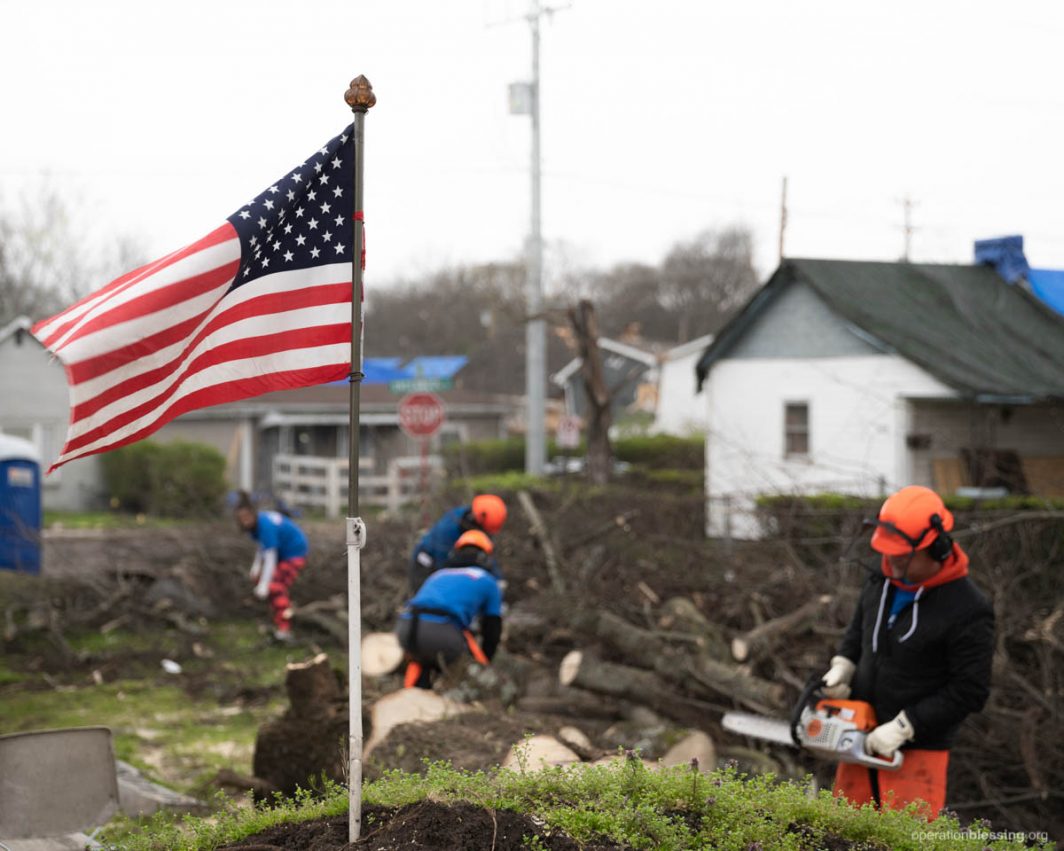
Have questions about tornadoes? Here are some basic questions and answers about these powerful weather phenomena. This selection of Tornado questions and answers is pulled from a number of sources that explore the science behind these dangerous storms including how they are spawned and the damage that they do.
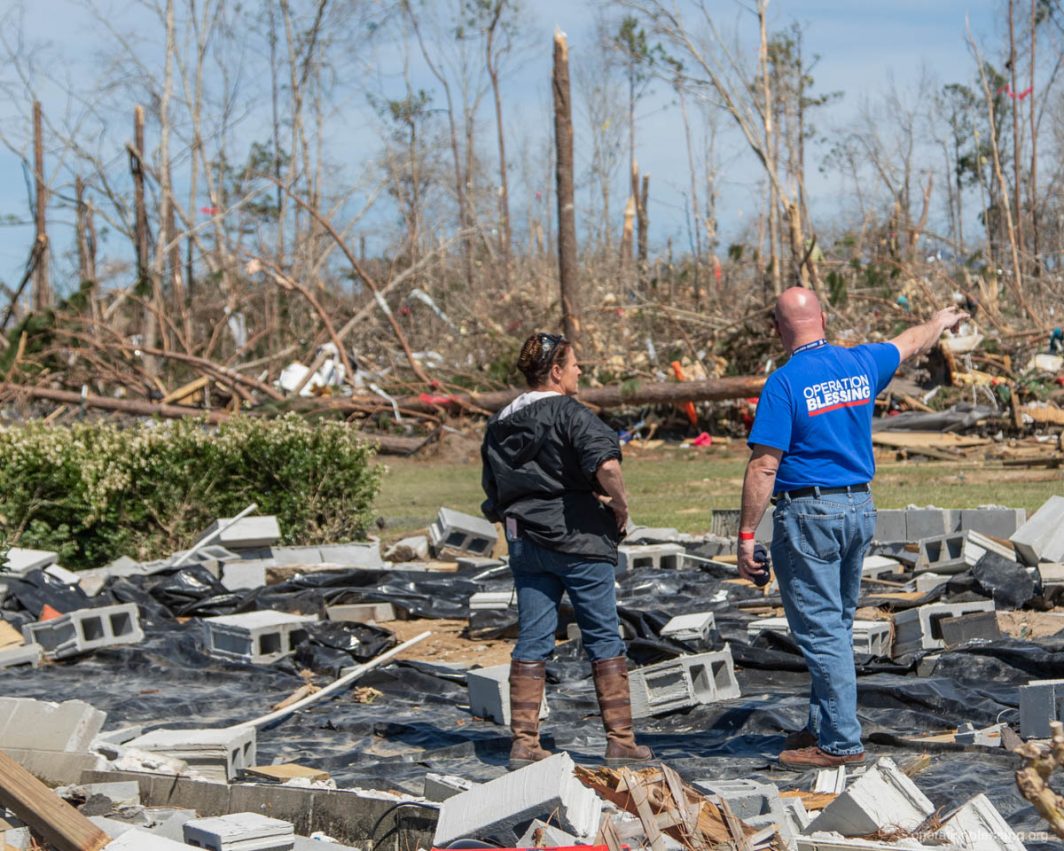
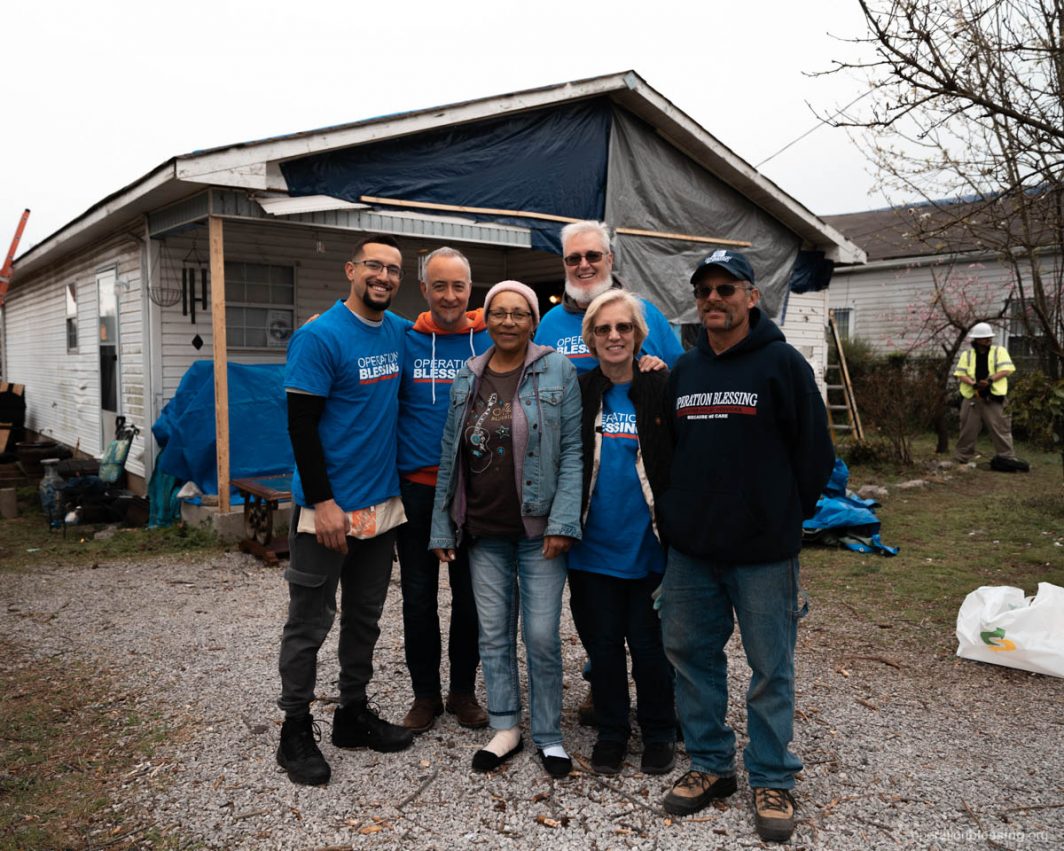
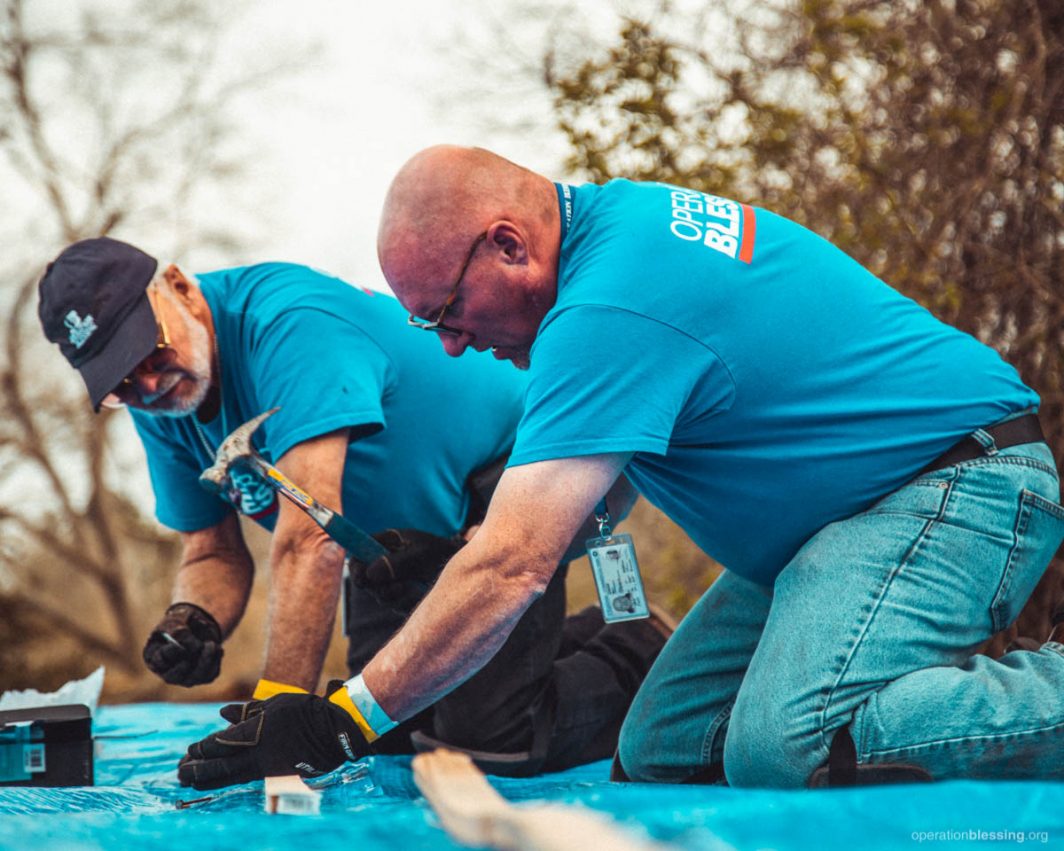
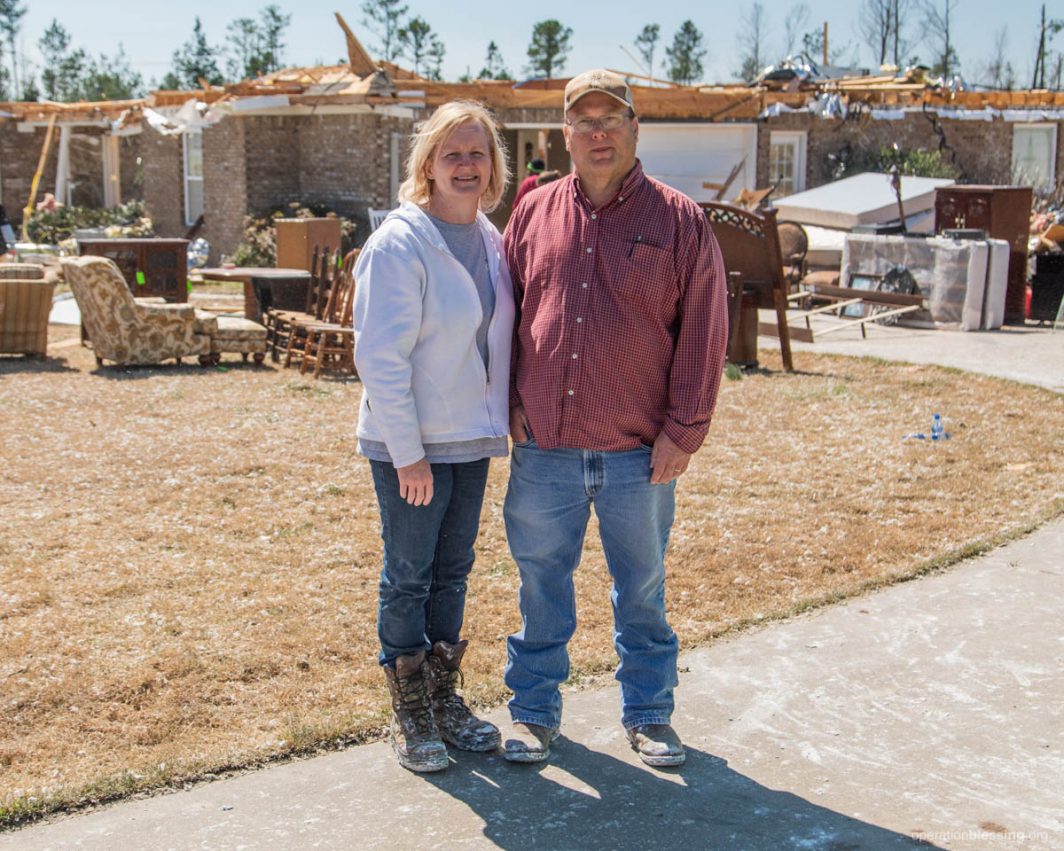
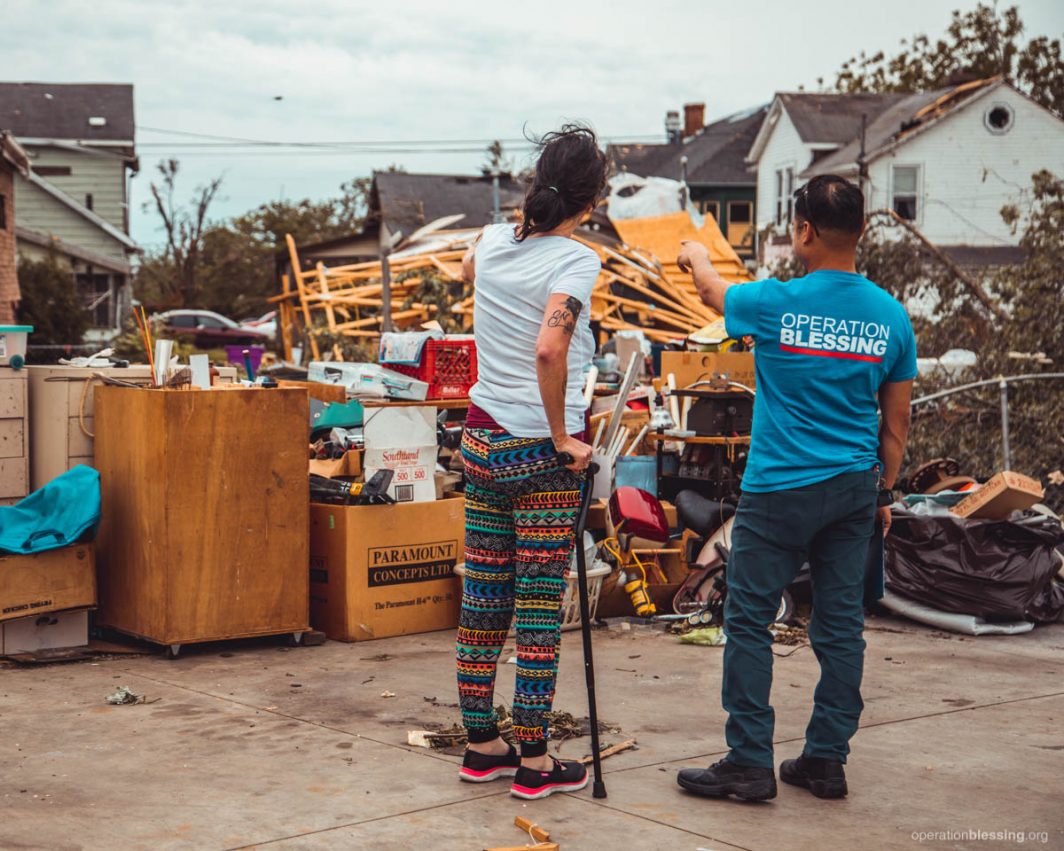
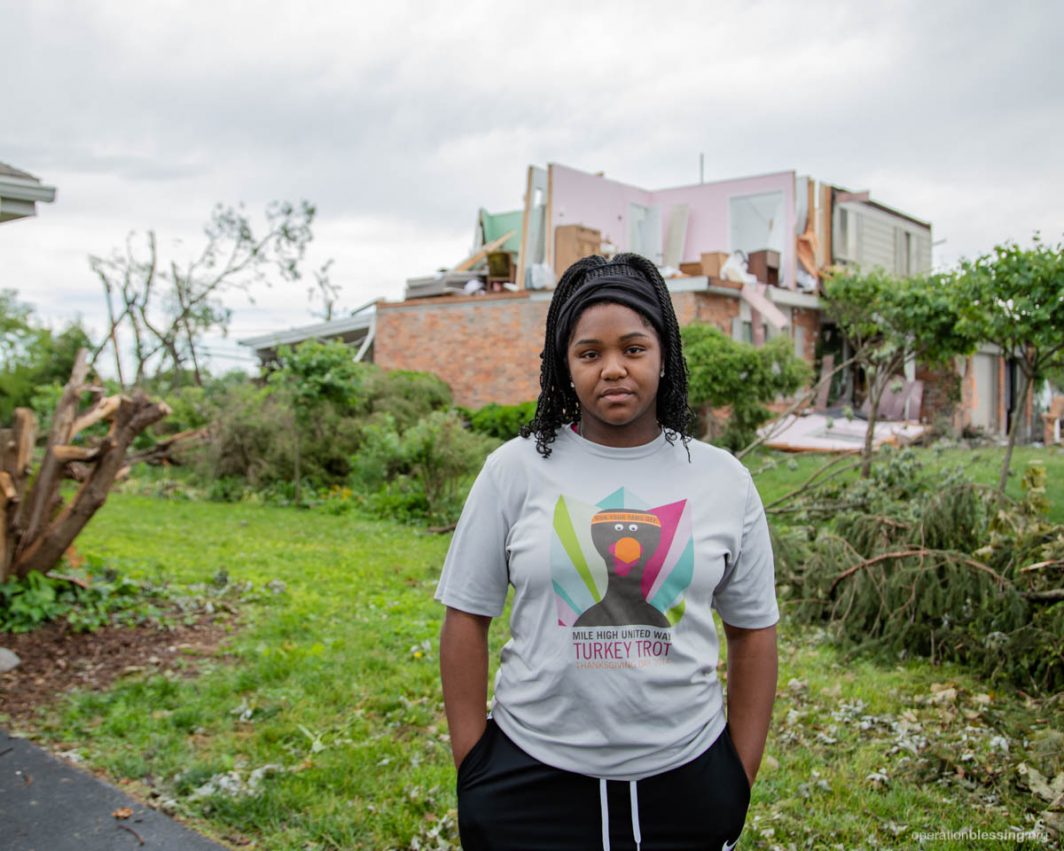
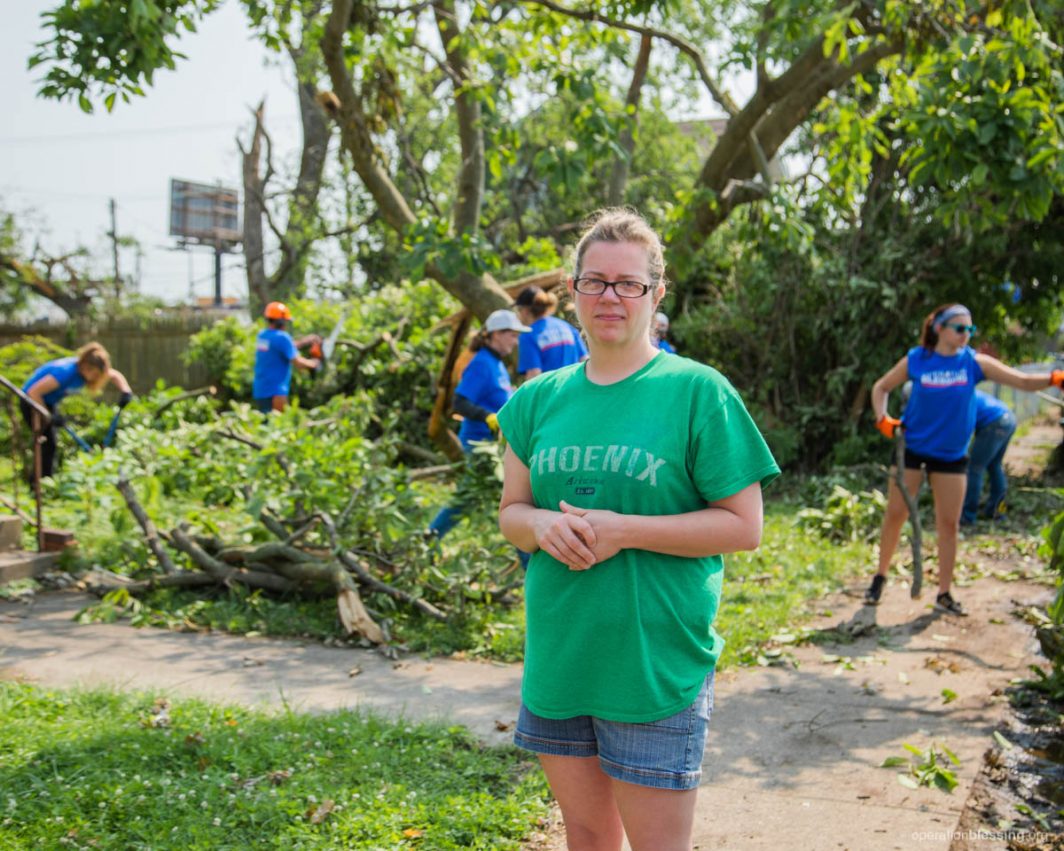
- What is a tornado?
Tornadoes are violently rotating columns of air that descend from clouds and make contact with the ground. Typically they are associated with supercell thunderstorms. They are generally funnel shaped and pack powerful winds that can cause incredible damage.
- What kinds of storms produce tornadoes?
Tornadoes usually come from thunderstorms, though they can be produced by tropical cyclones as well. They most often descend from what are known as supercell thunderstorms.
- What is a supercell thunderstorm?
A supercell thunderstorm is characterized by a consistent circulating updraft of warm air called a mesocyclone. It is believed that this updraft can be a key ingredient in forming strong tornadoes.
- What is a non-supercell thunderstorm?
Tornadoes can also form from storms that do not have a mesocyclone. In this scenario, a parcel of air is already spinning and is energized by a passing updraft that can form into a tornado. These are less common and less powerful than those caused by supercell thunderstorms.
- What is a waterspout?
A waterspout is a tornado over water, or one that begins over water.
- Are waterspouts dangerous out at sea?
Yes, they are very destructive just like land-based tornadoes.
- Can multiple tornadoes form at one time?
Yes, multiple tornadoes can form in the same immediate area. In fact, sometimes a smaller tornado can spawn from a larger one.
- Are there different classifications of tornadoes?
Like hurricanes, tornadoes use a specialized scale to measure their intensity. This system is known as the Enhanced Fujita scale, named after its progenitor, Ted Fujita. The EF scale looks at the damage produced by a tornado and uses this to estimate wind speed and intensity.
- What is the difference between a funnel cloud and a tornado?
While a funnel cloud has the shape of a tornado it is still not a tornado. It gets classified as a tornado when it touches down on the ground.
- What is the difference between a twister and a tornado?
Twister is just the slang term used for tornado.
- What are the basics of the Enhanced Fujita tornado scale?
The Enhanced Fujita scale breaks tornado strength into 6 categories rated EF0-EF5. The most powerful tornados are rated EF5, with wind speeds estimated at over 200 miles per hour. These storms produce “incredible” damage.
- How big are tornadoes?
Tornadoes can vary in size from just a few dozen feet wide to over two miles in diameter.
- How fast are tornadoes?
Tornadoes can go more than 50 miles per hour, though many are much slower.
- How far do the paths of tornadoes usually go?
Rarely, tornadoes can travel well over 50 miles, but their tracks are generally much shorter.
- How powerful can tornadoes get?
Some tornadoes have produced wind speeds exceeding 300 miles per hour, though this is rare.
- What makes tornadoes unpredictable?
While thunderstorms can produce tornadoes, there is no guarantee that they will. Many do not. Tornadoes can often develop quickly and move erratically. That’s why it’s important to be aware when the weather is bad and to be prepared to take shelter.
- Is there a tornado season?
There is no official tornado season, though the peak time for tornadoes in the United States is April through June. However, tornadoes can occur any time of the year.
- What or where is tornado alley?
Tornado alley refers to section of the central United States where tornadoes form more frequently than anywhere else on earth. This is a region where large masses of warm and cold air interact, creating violent storms that can produce powerful tornadoes.
- Do tornadoes occur outside of the United States?
Tornadoes are a global phenomenon occurring all over the world.
- What conditions spawn the strongest or deadliest tornadoes?
Supercell thunderstorms generally produce the most powerful and dangerous tornadoes.
- What is the worst tornado in United States history?
The Tri-State Tornado of 1925 tore through Indiana, Illinois, and Missouri. This EF-5 tornado caused over 600 casualties and did immense damage. It likely produced wind speeds over 200 miles per hour and traveled across the ground at upwards of 70 miles per hour at its peak.
- What state has had the most tornadoes?
According to a NOAA analysis looking at the period of 1991 to 2010, the state of Texas had the most tornadoes. Kansas had the second most with Florida coming in third.
- What United States city has been hit with the most tornadoes?
St. Louis, Missouri, has been hit by 4 major tornadoes, giving this midwestern metropolis the dubious honor of having the most major tornado touchdowns of any large American city.
- What was significant about the 2011 Super Outbreak?
2011 saw a mass outbreak of tornadoes. Over 350 tornadoes emerged in one year. Of those, over 200 came within 24 hours of one another. A handful of these tornadoes were of the highly destructive EF-4 and EF-5 variety. This monster wave of tornadoes caused over 300 deaths and caused billions of dollars worth of damage.
- What was the worst tornado in the world?
The Bangladesh tornado of 1989 is considered the deadliest tornado worldwide. This tornado was responsible for an estimated 1,300 casualties.
- What is a tornado watch?
A tornado watch is an alert that optimal conditions are present in an area.
- What is a tornado warning?
A tornado warning means a tornado has formed and has touched down in an area.
Works Cited
Axios. “The Deadliest Tornadoes in U.S. History.” Axios, Axios, 25 May 2019, www.axios.com/extreme-weather-worst-tornado-outbreak-89dbf8f6-5c63-4593-8890-0cf944513350.html. Accessed 25 Mar. 2020.
—. “The States Where the Most Tornadoes Hit.” Axios, Axios, 28 May 2019, www.axios.com/extreme-weather-tornadoes-states-hit-8dd6bbd4-cc10-4aff-87a2-55b2dbe4107b.html. Accessed 30 Mar. 2020.
“Deadliest Tornadoes | National Centers for Environmental Information (NCEI) Formerly Known as National Climatic Data Center (NCDC).” Noaa.gov, 2011, www.ncdc.noaa.gov/climate-information/extreme-events/us-tornado-climatology/deadliest. Accessed 25 Mar. 2020.
eSchooltoday. “What Is a Tornado?” Eschooltoday.com, 2019, eschooltoday.com/natural-disasters/tornadoes/what-is-a-tornado.html. Accessed 23 Mar. 2020.
“Food | Ready.gov.” Ready.gov, 2020, www.ready.gov/food. Accessed 20 Apr. 2020.
“How a Tornado Forms.” Uwec.edu, 2020, people.uwec.edu/jolhm/eh/barnier/tornado.htm. Accessed 3 Apr. 2020.
“How Do Tornadoes Form? | Britannica.” Encyclopædia Britannica, 2020, www.britannica.com/story/how-do-tornadoes-form. Accessed 23 Mar. 2020.
Mersereau, Dennis. “What Is a Supercell Thunderstorm?” Gawker, 17 Apr. 2014, thevane.gawker.com/what-is-a-supercell-thunderstorm-1564133584. Accessed 27 Mar. 2020.
Moore, Tom. “Twin Tornadoes: Not as Rare as You Might Think.” The Weather Channel, The Weather Channel, 26 May 2016, weather.com/news/weather/news/severe-twin-tornadoes-storm-damage-frequency. Accessed 24 Mar. 2020.
“Prepare for a Supercell | Weather Underground.” Wunderground.com, 2014, www.wunderground.com/prepare/supercell. Accessed 27 Mar. 2020.
“Tornado Basics.” NOAA National Severe Storms Laboratory, 2015, www.nssl.noaa.gov/education/svrwx101/tornadoes/. Accessed 3 Apr. 2020.
Tornado Titans. “How Big Can Tornadoes Get? Does the Size Matter?” Tornado Titans, 20 Oct. 2019, tornadotitans.com/how-big-can-tornadoes-get-does-the-size-matter/. Accessed 25 Mar. 2020.
“Tornado Types.” NOAA National Severe Storms Laboratory, 2015, www.nssl.noaa.gov/education/svrwx101/tornadoes/types/. Accessed 23 Mar. 2020.
“Tornadoes | Weather Wiz Kids.” Weatherwizkids.com, 2015, www.weatherwizkids.com/?page_id=60. Accessed 23 Mar. 2020.
“Tornadoes: Spinning Thunderstorms | AMNH.” American Museum of Natural History, 2020, www.amnh.org/explore/ology/earth/tornadoes-spinning-thunderstorms. Accessed 3 Apr. 2020.
“U.S. Tornadoes: Why Twisters Are so Unpredictable.” CBC, 29 Apr. 2014, www.cbc.ca/news/world/u-s-tornadoes-why-twisters-are-so-unpredictable-1.2624554. Accessed 30 Mar. 2020.
US Department of Commerce, National Oceanic and Atmospheric Administration. “What Is a Waterspout?” Noaa.gov, 2020, oceanservice.noaa.gov/facts/waterspout.html. Accessed 23 Mar. 2020.
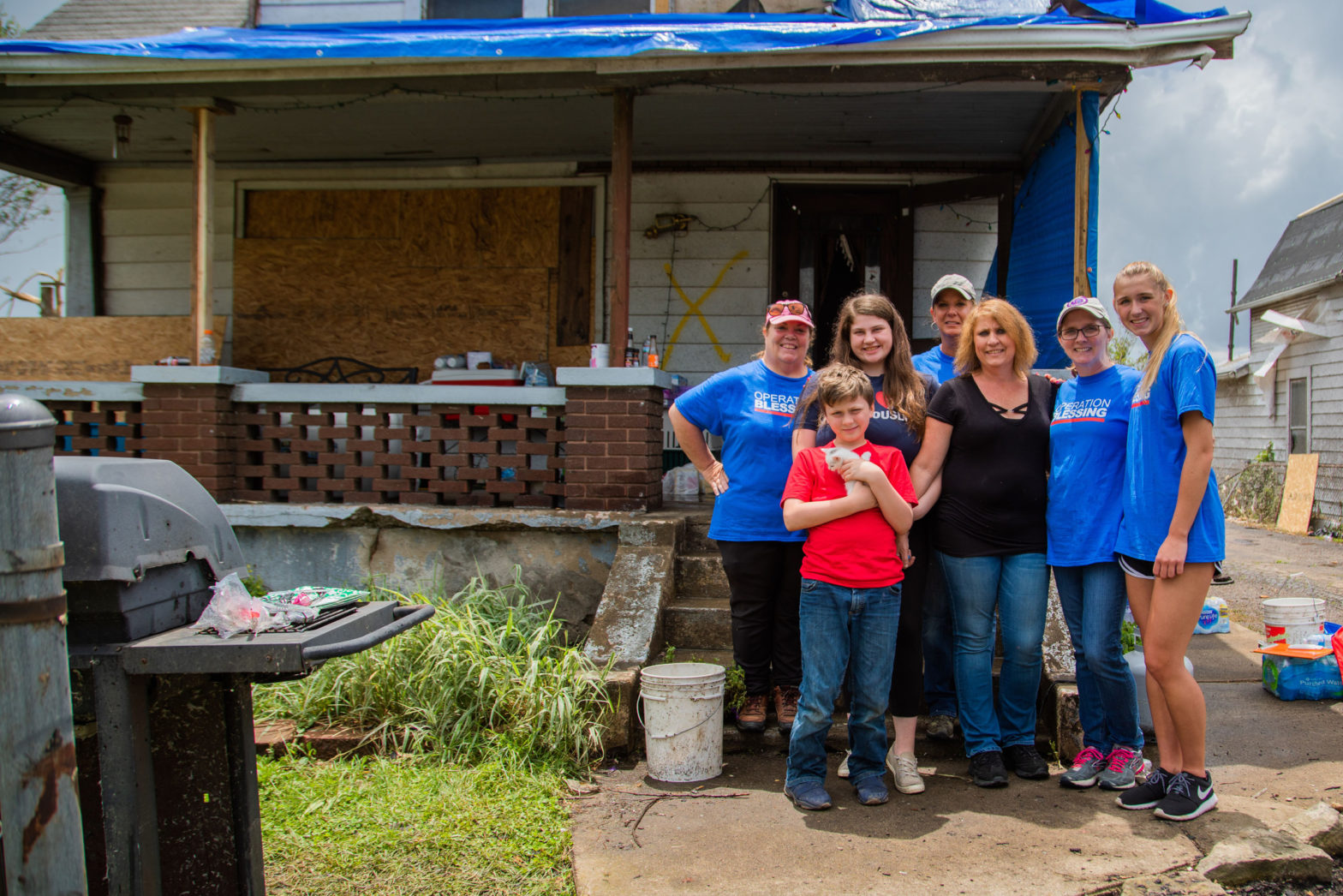
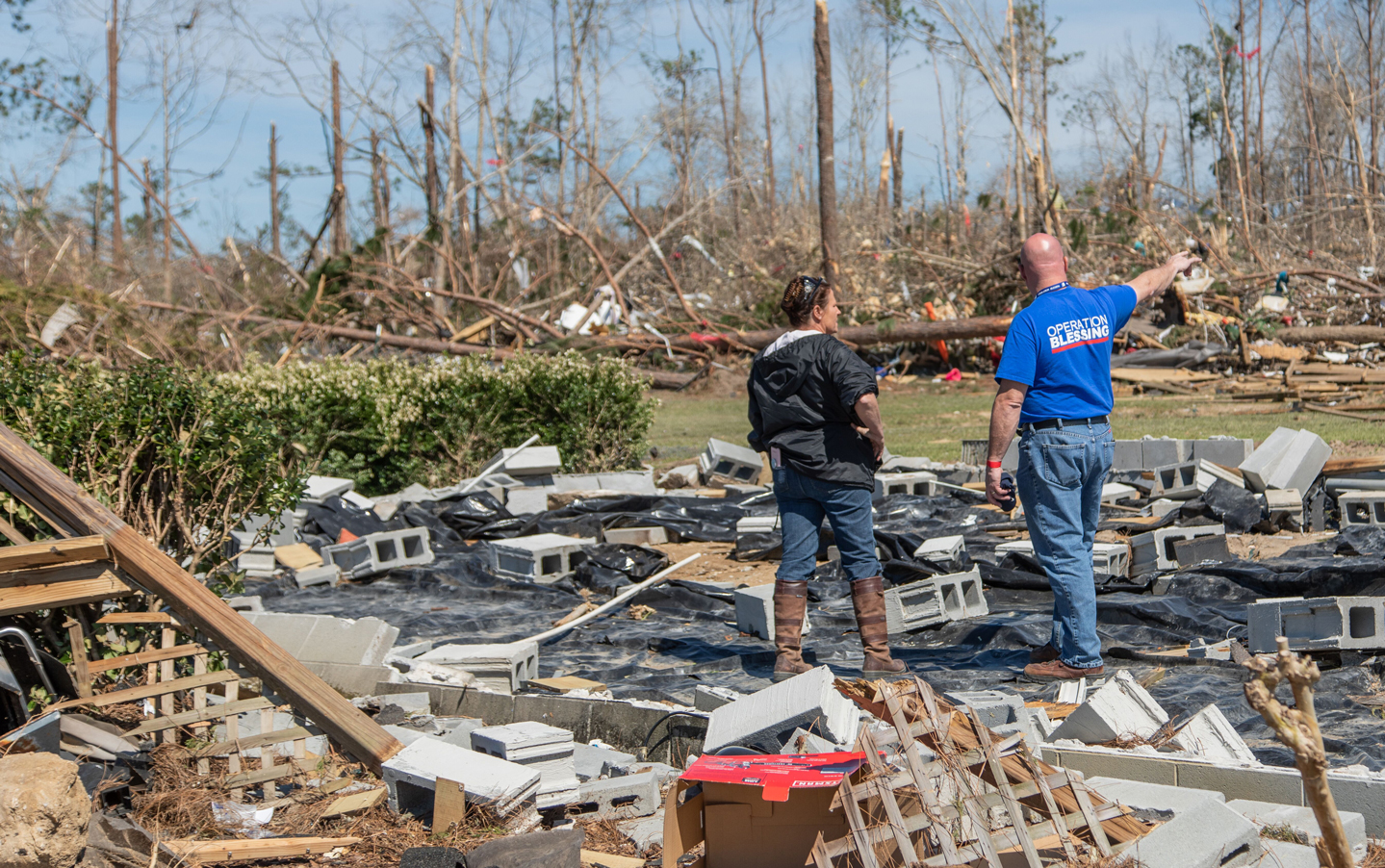
A mission you can believe in. A charity you can trust.